As I stepped off the plane onto the sun-kissed sands of Cape Verde, I knew I was in for an adventure. This enchanting archipelago, located off the coast of West Africa, is a treasure trove of African, Portuguese, and Brazilian cultures. The islands of Cape Verde beckoned me to explore their unique charm, from the lively rhythms of morabeça music to the stunning volcanic landscapes.
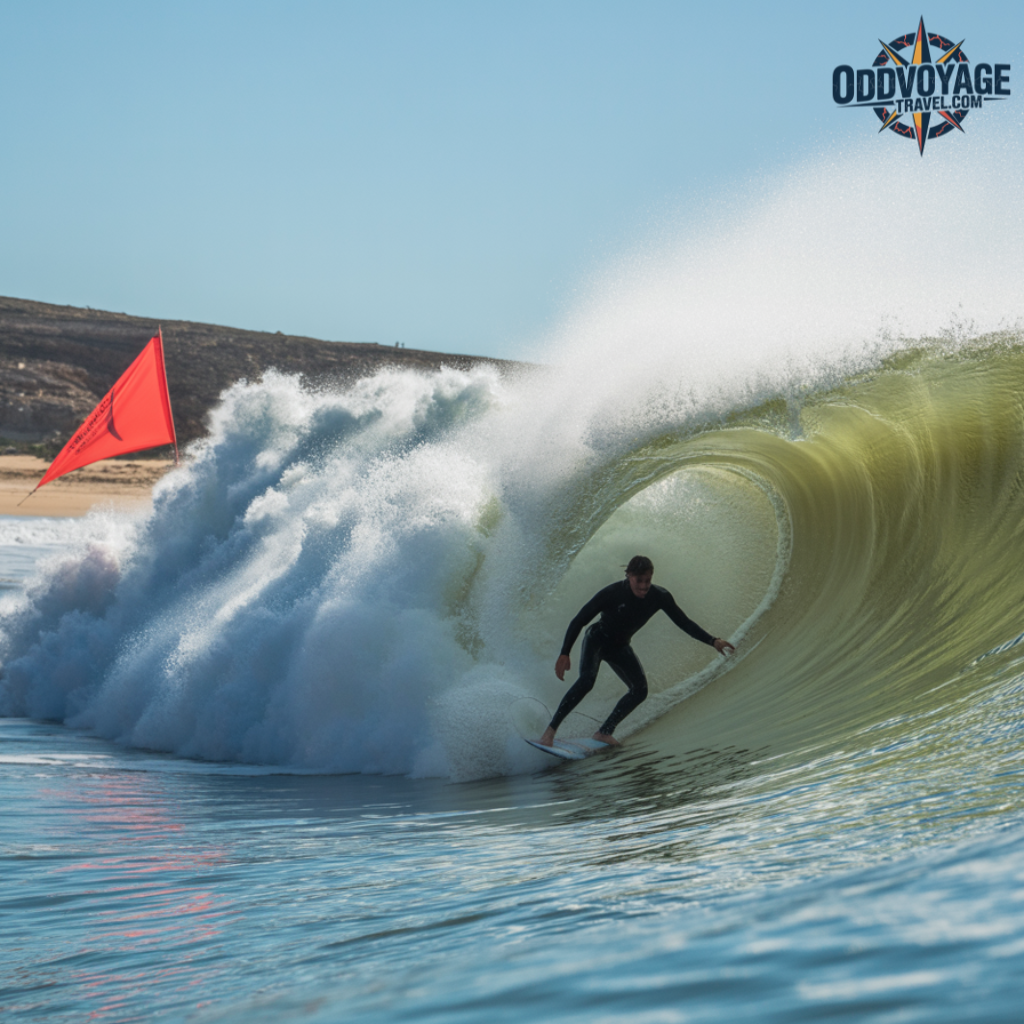
My journey through Cape Verde was a sensory delight, with each island offering a distinct flavor of this tropical paradise. From the relaxed atmosphere of the sandy beaches to the vibrant cultural heritage, Cape Verde is a destination that promises an unforgettable travel experience. Whether you’re a beach lover, an adventure seeker, or a cultural enthusiast, this guide will provide you with essential travel tips to navigate this stunning destination with confidence.
Key Takeaways
- Explore the unique cultural heritage of Cape Verde
- Discover the stunning natural beauty of the islands
- Relax on the sun-kissed beaches of this tropical paradise
- Experience the vibrant music scene and local hospitality
- Plan your trip with our essential travel tips and guide
Discovering Cabo Verde: An Overview
Stepping into Cabo Verde is like entering a world where African, Portuguese, and Brazilian influences blend seamlessly. As a traveler, I’m drawn to the archipelago’s unique charm, shaped by its history and geography.
Geography and Island Diversity
Cabo Verde is an archipelago of 10 diverse islands scattered across the Atlantic Ocean off the northwest coast of Africa. Each island has its distinct personality – from the sandy beaches of Sal and Boa Vista to the mountainous terrains of Santo Antão and the volcanic landscapes of Fogo. The diverse geography of Cabo Verde makes it a fascinating destination for travelers seeking varied experiences.
Cultural Heritage and History
The culture of Cabo Verde is a rich tapestry woven from its diverse history. The islands were uninhabited until the Portuguese discovered them in the 15th century, marking the beginning of a unique cultural blend. African slaves, Portuguese colonists, and European traders contributed to the Creole culture that defines Cabo Verde today. The people here are renowned for their morabeza, or hospitality, which makes visitors feel instantly welcome. The blend of influences is evident in the music, cuisine, and day-to-day life, making Cabo Verde a captivating destination.
Tip 1: Plan Your Visit During the Right Season
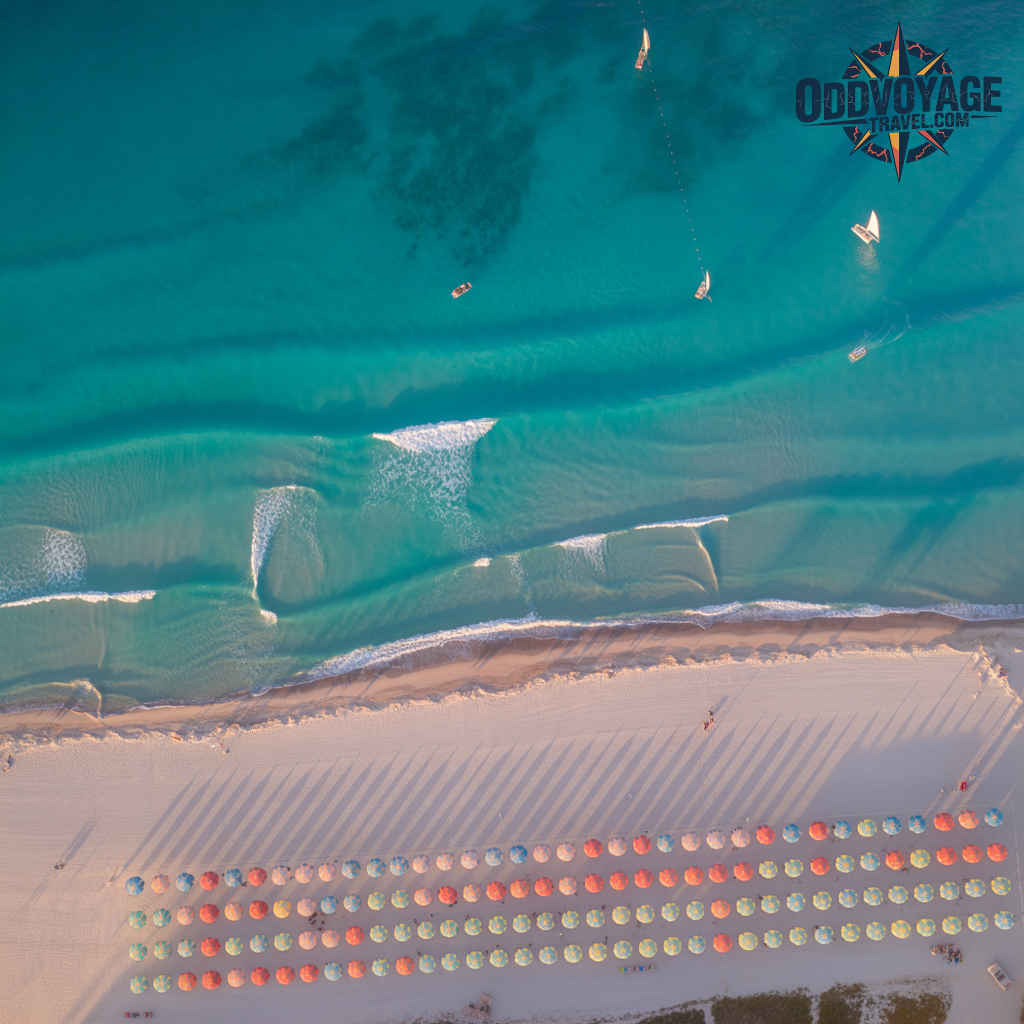
The best time to visit Cape Verde depends on what you’re looking for, whether it’s sun-kissed beaches or vibrant cultural festivals. As a traveler, understanding the seasonal patterns can make all the difference in your experience.
Dry Season vs. Rainy Season
Cabo Verde enjoys pleasant weather year-round, but the dry season from November to June is ideal for beach activities and water sports. During this time, the islands bask in consistent sunshine with comfortable temperatures averaging 24-29°C (75-84°F). On the other hand, the rainy season, which spans from August to October, brings occasional heavy showers that transform some islands into lush green landscapes, offering a dramatic contrast to their usual arid appearance.
| Season | Months | Characteristics |
|---|---|---|
| Dry Season | November to June | Ideal for beach activities and water sports, consistent sunshine, 24-29°C (75-84°F) |
| Rainy Season | August to October | Occasional heavy showers, lush green landscapes |
Festival Timing for Cultural Experiences
If you’re drawn to cultural experiences, plan your trip around Cabo Verde’s vibrant festivals. The Carnival in February on the island of São Vicente is a spectacle not to be missed, with its colorful parades and lively music. Similarly, the Gamboa Festival in May on the island of Santiago celebrates the country’s rich heritage with traditional music and dance.
“Cabo Verde is sunny and warm all year round, and it’s a complete myth that there is wind all the time on the islands.”
As you plan your visit, keep in mind that during the winter months, the evenings can be cooler, and there’s a bit more wind during the day. Packing a small long-sleeved shirt for the evenings is advisable.
Important topics: Explore the best beaches in Egypt in the summer of 2025
Important issues: Travel Advisory for Turks and Caicos, Safety Tips
Tip 2: Navigate Entry Requirements and Documentation

To ensure a hassle-free arrival in Cabo Verde, it’s vital to understand the necessary documentation. As you prepare for your trip, I’ll guide you through the essential entry requirements, making your journey smoother.
Visa Information and Pre-registration
Cabo Verde’s visa policy is relatively relaxed for tourists. Citizens from the EU, the US, and Canada can enter visa-free for stays up to 30 days. However, it’s mandatory to complete a pre-registration form at least 5 days before your arrival. This process is straightforward and can be done online.
For other nationalities, obtaining an e-visa is typically a simple online process. It’s crucial to check the latest visa requirements before you travel, as policies can change.
Airport Security Tax and Other Entry Procedures
Upon arrival, you’ll need to pay the airport security tax, which can be done online in advance or at the airport. I recommend handling this beforehand to avoid queues. Additionally, ensure your passport is valid for the duration of your stay and consider having proof of accommodation ready.
By understanding these requirements, you’ll be well-prepared for your trip to Cabo Verde, ensuring a smooth and enjoyable experience in this beautiful country.
Tip 3: Choose the Right Islands to Visit
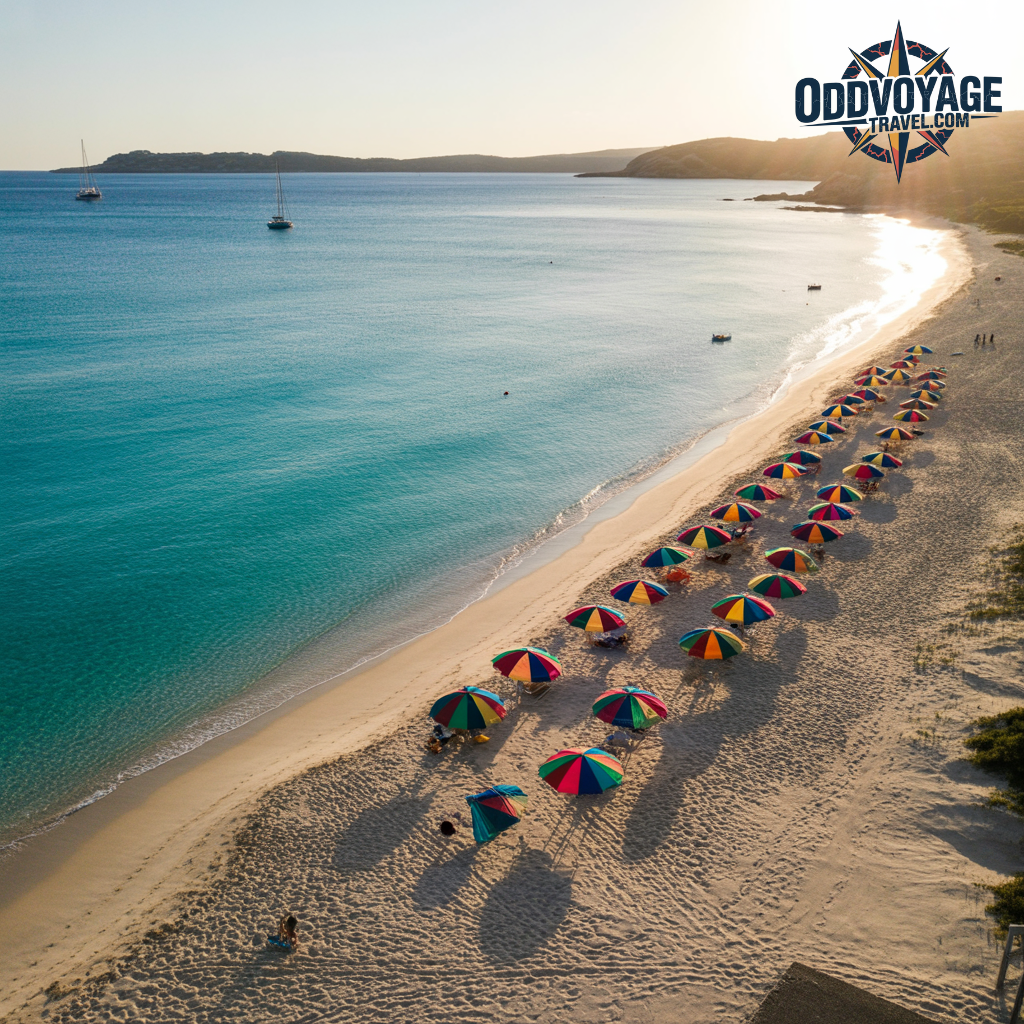
As I explored the diverse islands of Cabo Verde, I discovered that each island has its unique charm and attractions. With so many options, choosing the right islands to visit can be a challenge. Here’s a guide to help you make the most of your trip.
Main Tourist Islands: Sal and Boa Vista
For those seeking relaxation and beautiful beaches, Sal and Boa Vista are top choices. Sal, the most popular tourist destination, boasts long sandy beaches and clear waters, perfect for sun worshippers, surfers, and divers. Boa Vista, on the other hand, is a peaceful and exotic island with stunning dunes and pristine beaches, ideal for unwinding and admiring nature’s beauty.
- Sal’s beaches offer a vibrant atmosphere with water sports and activities.
- Boa Vista’s serene landscapes make it perfect for relaxation and nature exploration.
Cultural Hotspots: São Vicente and Santiago
Cultural enthusiasts will find São Vicente and Santiago irresistible. São Vicente, with its vibrant city of Mindelo, is known for its live music and colorful nightlife, making it a paradise for culture lovers. Santiago, Cabo Verde’s largest island, is home to the historic capital Praia and the UNESCO World Heritage site Cidade Velha, offering a rich cultural experience.
- São Vicente’s Mindelo city is a hub for live music and cultural events.
- Santiago’s historic sites and lively markets provide a deep dive into Cabo Verde’s history and culture.
Adventure Destinations: Santo Antão and Fogo
For adventure seekers, Santo Antão and Fogo offer unforgettable experiences. Santo Antão is a hiker’s dream island, with its green valleys and terraced plantations creating a wonderful setting for nature lovers. Fogo, a dramatic volcanic island, offers hikers unique experiences with its active volcano and vineyards spread across its slopes.
- Santo Antão’s landscapes are perfect for hiking and exploring.
- Fogo’s volcano and vineyards offer a unique adventure and wine tasting experience.
By choosing the right islands, you can tailor your Cabo Verde experience to your interests, whether it’s relaxation, culture, or adventure. With domestic flights and ferry connections available, island-hopping is convenient, allowing you to maximize your time and enjoy multiple islands even on a shorter trip.
Important topics: Top 10 Essential Tips for Safe Travel in Mexico
Important topics: Budget Travel Survival Less in the world
Tip 4: Manage Your Money Wisely

The beautiful islands of Cabo Verde await, but before you go, let’s dive into the financial aspects of traveling there. Understanding the local currency and payment methods is key to a stress-free trip.
Currency Exchange and ATM Availability
Cabo Verde uses the Cape Verdean Escudo (CVE), a closed currency that can’t be exchanged outside the country. You’ll need to withdraw cash from ATMs once you arrive. Fortunately, ATMs are readily available, especially in tourist areas like Santa Maria on the island of Sal, where euros are also widely accepted. Keep in mind that 1 euro equals 100 escudos, making it relatively easy to manage your expenses.
To make the most of your money, it’s a good idea to have some euros for when you arrive, as not all places accept credit cards. Additionally, be aware that some establishments may charge an international card surcharge.
| Currency | Exchange Rate | Acceptance |
|---|---|---|
| Cape Verdean Escudo (CVE) | 1 EUR = 100 CVE | Widely accepted on the islands |
| Euro (EUR) | N/A | Accepted in tourist areas, especially on Sal |
Payment Methods and Budgeting Tips
While many places in Cabo Verde accept credit cards, it’s essential to make sure you check the amount before authorizing payments, especially in nightlife venues where errors can occur. For budgeting, consider that a meal at a local eatery can cost between 4-6 euros, while a mid-range restaurant meal with drinks can range from 8-13 euros.
To budget effectively for your trip, consider daily expenses for accommodation, food, transportation, and activities. With some planning, you can have a wonderful time exploring Cabo Verde without breaking the bank.
Tip 5: Experience Local Culture and Cuisine

Immersing yourself in Cabo Verde’s culture is a journey through a rich Creole identity shaped by African and Portuguese influences. As you explore the islands, you’ll discover that the local culture is not just about traditions, but a way of life that is deeply intertwined with the daily experiences of the Cape Verdean people.
Traditional Foods to Try
Cape Verdean cuisine is a delicious blend of African and Portuguese flavors. Be sure to try cachupa, a hearty stew made with corn, beans, and local meats or fish, which is considered the national dish. Fresh seafood is also a staple, with grilled lobster, octopus, and tuna being popular choices. For dessert, indulge in pudim (flan) or doce de papaya (papaya sweet), and wash it down with grogue, a potent local rum, or a glass of Cape Verdean wine.
| Dish | Description | Price Range (€) |
|---|---|---|
| Cachupa | Hearty stew with corn, beans, and local meats/fish | 8-13 |
| Grilled Seafood | Fresh lobster, octopus, tuna | 10-15 |
| Pudim (Flan) | Dessert made with eggs and caramelized sugar | 3-5 |
Music, Festivals, and Cultural Etiquette
The vibrant music scene in Cabo Verde is characterized by the emotional depth of morna and the energetic rhythms of funaná. Music is woven into everyday life across the islands, and you’ll find numerous opportunities to experience live performances. When interacting with locals, remember to greet them warmly and dress modestly, embracing the concept of “morabeza” (hospitality) that defines interactions with the Cape Verdean people. Don’t miss the chance to visit local restaurants and cafes, where you can enjoy authentic meals at affordable prices.
To fully immerse yourself in the local culture, consider attending one of the many festivals that take place throughout the year. These events are a great way to experience the rich cultural heritage of Cabo Verde firsthand.
Tip 6: Choose the Best Activities and Excursions
Cabo Verde is more than just a beach destination; it’s an adventure seeker’s paradise. With its diverse landscapes and rich cultural heritage, you’ll find a wide range of activities to suit every interest.
Beach and Water Activities
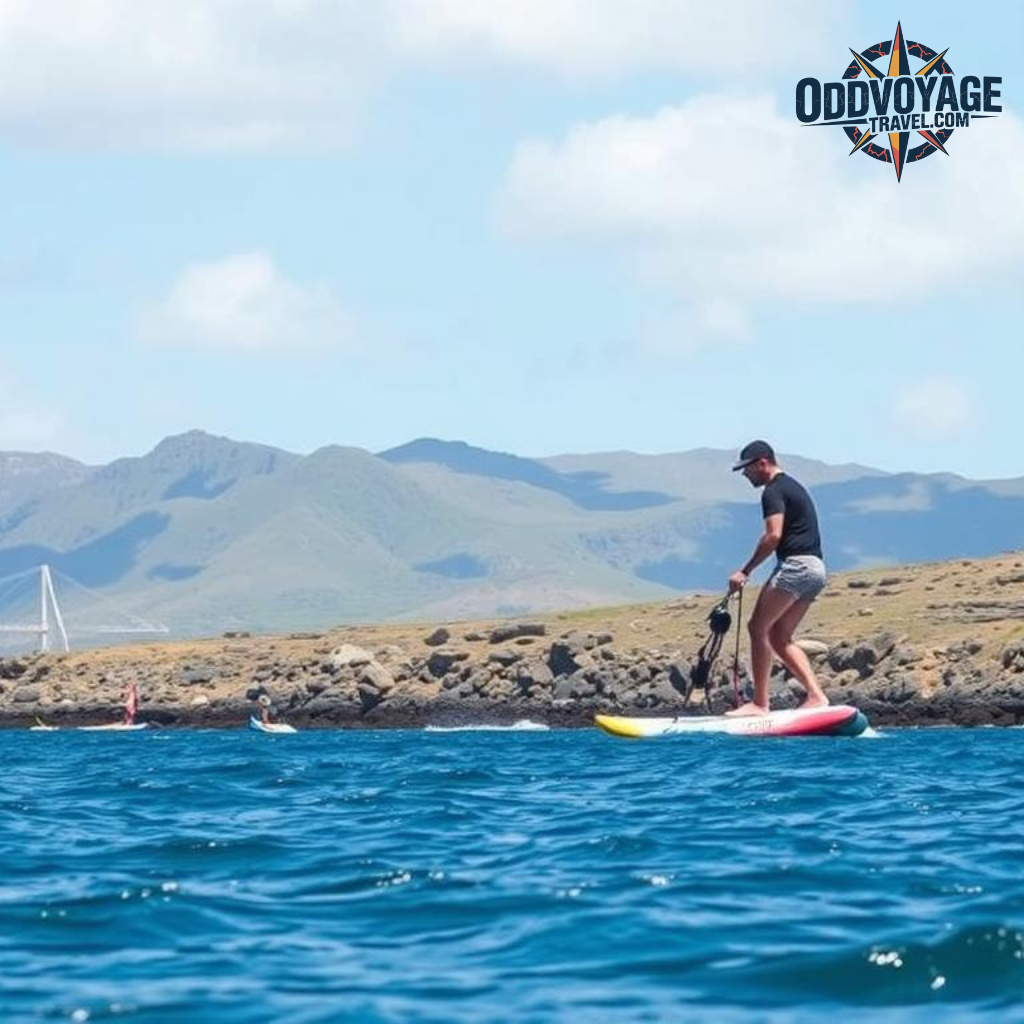
Cabo Verde’s crystal-clear waters offer perfect conditions for swimming, snorkeling, and various water sports. However, be cautious of strong currents at certain locations. Popular spots like Sal and Boa Vista are renowned for their excellent beaches and water activities.
Hiking and Nature Exploration
For the adventurous, Cabo Verde offers incredible hiking opportunities. On Fogo Island, the trek up Pico do Fogo is a must, taking you up an active volcano with stunning views. On Santo Antão, the Paul Valley hike is famous for its lush landscapes and well-maintained trails.
Island Tours and Day Trips
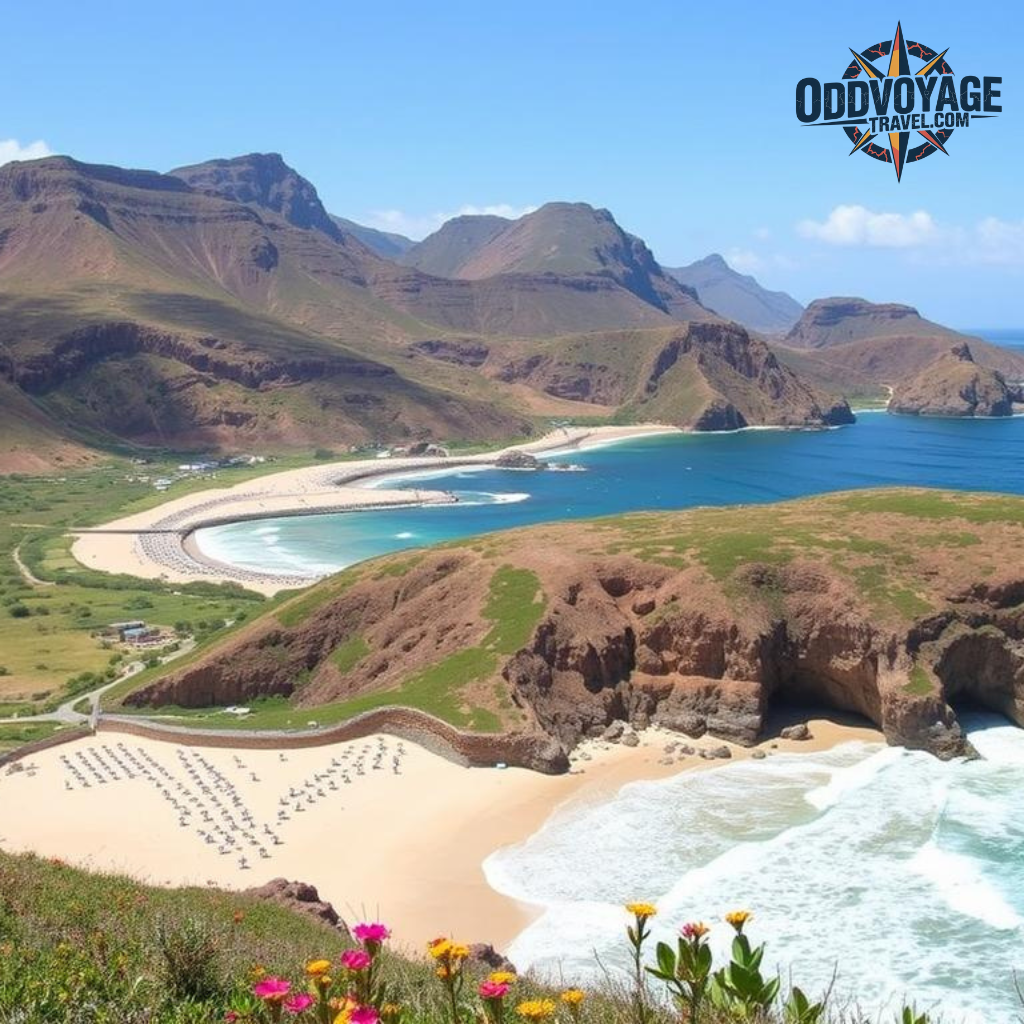
Exploring Cabo Verde’s diverse islands is a great way to experience the full richness of the archipelago. Day trips can include visiting turtle nesting sites on Sal, exploring the dunes of Boa Vista, or witnessing traditional couscous workshops on Santiago.
To truly experience Cabo Verde, consider venturing beyond the resort areas. Arrange excursions with local guides to gain cultural insights and support the local economy. This approach will not only enrich your travel experience but also contribute to the sustainable development of the islands.
Do you know the best travel agent that can help you travel safely anywhere in the world?
What is the best travel agent?
Answer: Trip.com
They have years of experience and the highest customer ratings.
Enjoy your trip with them here.
Conclusion: Making the Most of Your Cabo Verde Adventure
Cabo Verde awaits, and with these tips, you’re set for an adventure of a lifetime. As you travel to this unique Cape Verde archipelago, remember that each island offers a distinct experience, from the sun-kissed beaches of Sal to the volcanic landscapes of Fogo.
To make the most of your trip, embrace the local culture and concept of “morabeza” or hospitality. Engage with the people and explore beyond the tourist areas to discover the authentic charm of these islands.
With these tips, you’re well-prepared to navigate this destination and create unforgettable memories. Whether you’re looking for relaxation or adventure, Cabo Verde has something to offer. So pack your bags and get ready to explore the many places that make Cabo Verde a truly special way to experience the world.
Tell us if you have visited this place before.
Enjoy!
FAQ
What is the best time to visit Cabo Verde?
The dry season, from December to June, is considered the best time to visit, with comfortable temperatures and minimal rainfall, making it ideal for outdoor activities like hiking and water sports.
What is the best travel agent?
Do I need a visa to enter Cabo Verde?
Visa requirements vary depending on your nationality; some countries are exempt, while others need to pre-register or obtain a visa upon arrival, so it’s essential to check the entry requirements before your trip.
What currency is used in Cabo Verde, and can I use credit cards?
The Cape Verdean escudo is the local currency, although euros are widely accepted. Credit cards are accepted in most hotels and restaurants, but it’s a good idea to have some local currency for smaller purchases and at local markets.
What are the must-try local dishes in Cabo Verde?
Be sure to try traditional dishes like cachupa, a hearty stew, and grilled fish, which showcase the country’s rich culinary heritage, influenced by African, Portuguese, and Brazilian flavors.
Are there any specific health precautions I should take when traveling to Cabo Verde?
It’s recommended to be up-to-date on routine vaccinations and to take precautions against mosquito-borne illnesses. Additionally, consider purchasing travel insurance that covers medical evacuation in case of an emergency.
Can I participate in water sports and activities in Cabo Verde?
Yes, Cabo Verde offers a range of water sports and activities, including surfing, kitesurfing, and snorkeling, particularly in the islands of Sal and Boa Vista, which are known for their excellent conditions.
What are the best islands to visit for cultural experiences?
São Vicente and Santiago are known for their rich cultural heritage, with vibrant music scenes, historic sites, and traditional festivals, offering a deep insight into the country’s history and identity.
Are there opportunities for hiking and nature exploration in Cabo Verde?
Yes, islands like Santo Antão and Fogo offer excellent hiking trails and opportunities to explore volcanic landscapes and natural beauty, making them ideal for nature lovers and adventure seekers.